
Todd Pfeiffer, Klamath County Weed Control, Bugwood.org

Richard A. Casagrande, University of Rhode Island, Bugwood.org
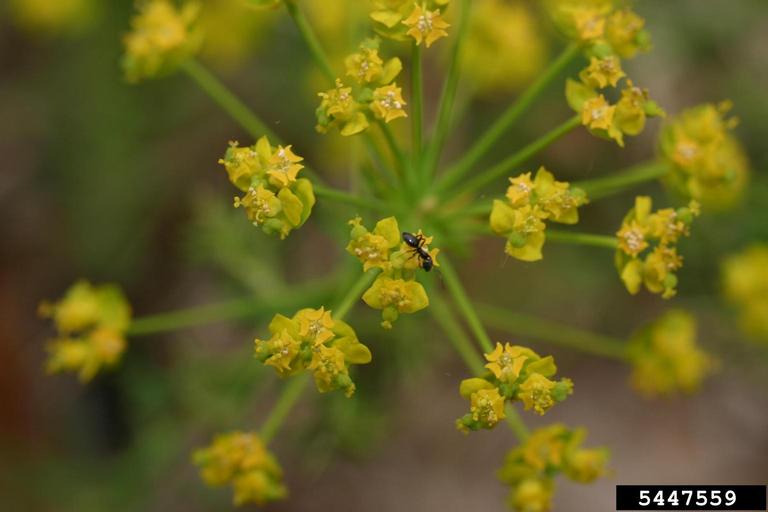
Leslie J. Mehrhoff, University of Connecticut, Bugwood.org
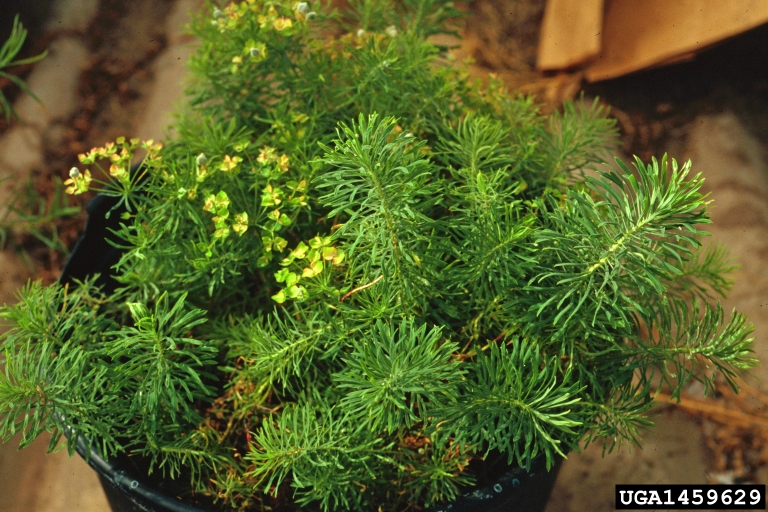
Steve Dewey, Utah State University, Bugwood.org

Leslie J. Mehrhoff, University of Connecticut, Bugwood.org
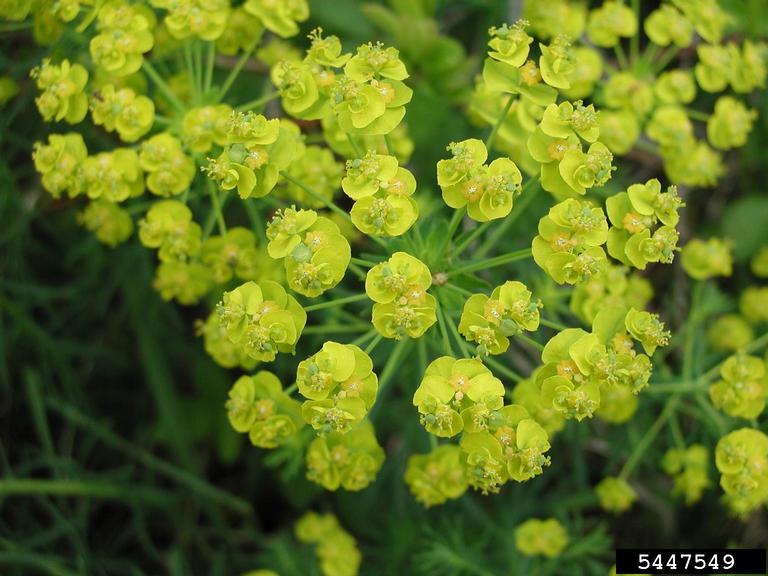
Leslie J. Mehrhoff, University of Connecticut, Bugwood.org
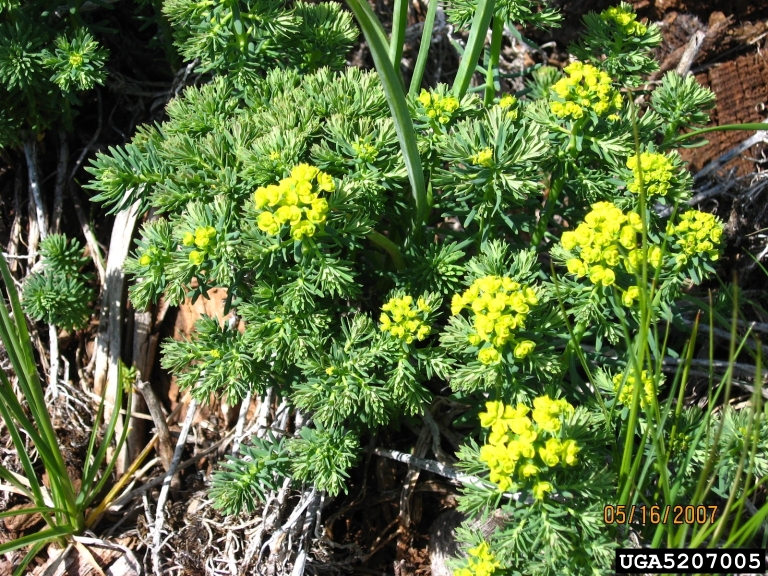
Todd Pfeiffer, Klamath County Weed Control, Bugwood.org

Leslie J. Mehrhoff, University of Connecticut, Bugwood.org
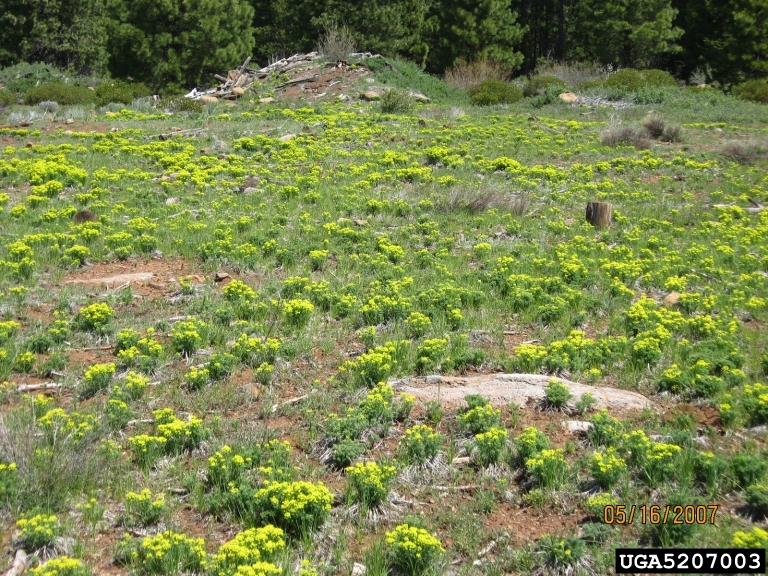
Todd Pfeiffer, Klamath County Weed Control, Bugwood.org

Leslie J. Mehrhoff, University of Connecticut, Bugwood.org

USDA NRCS PLANTS Database , Bugwood.org

















